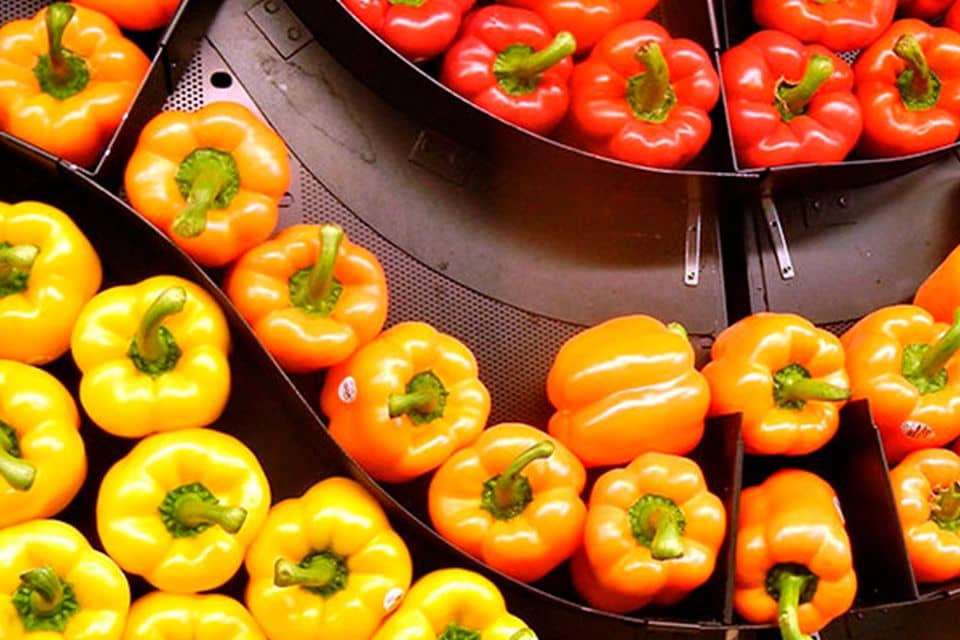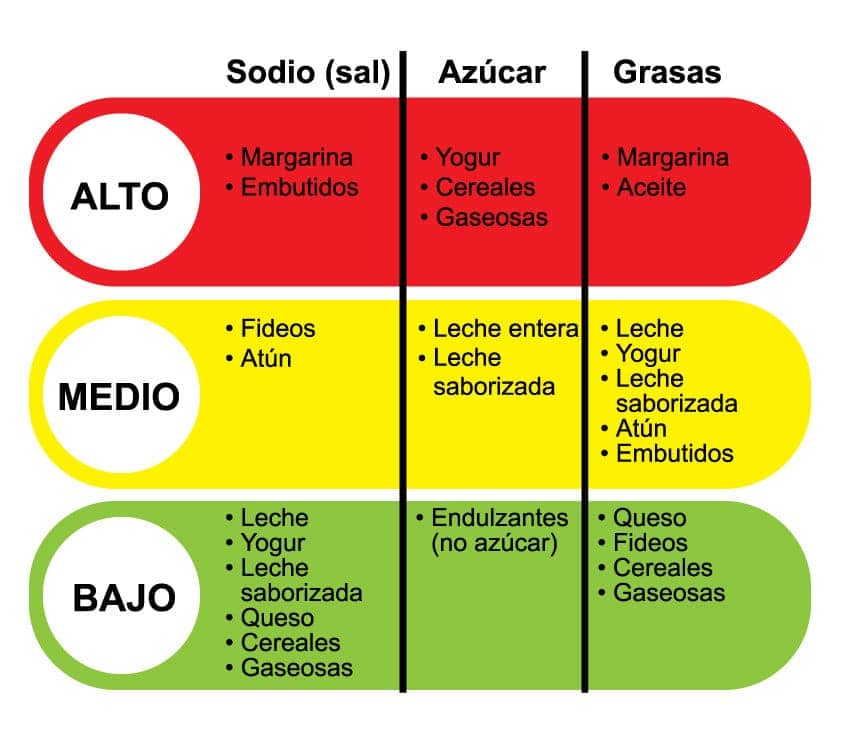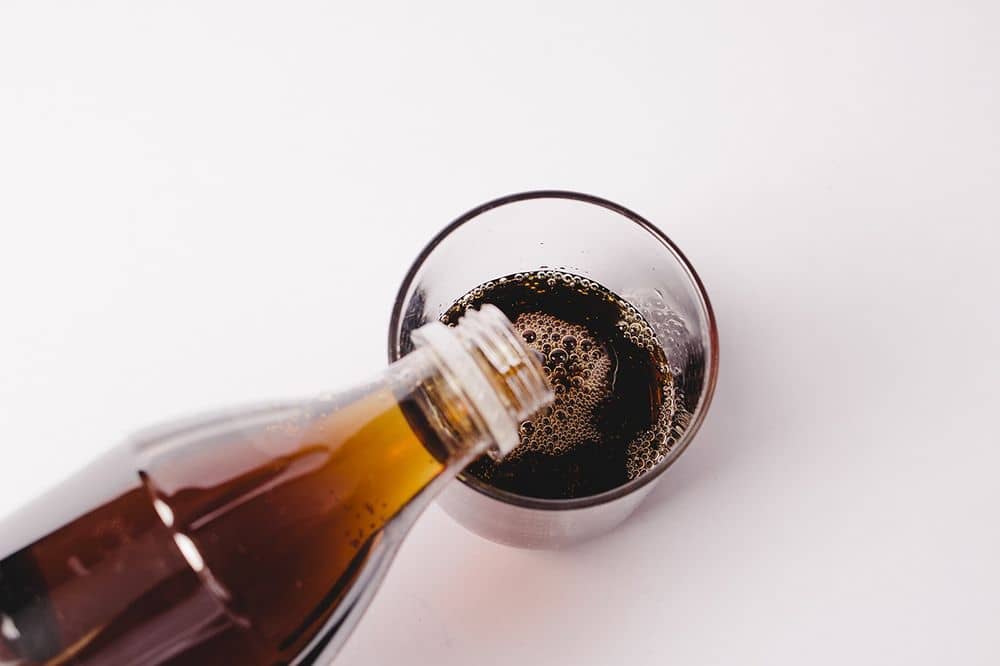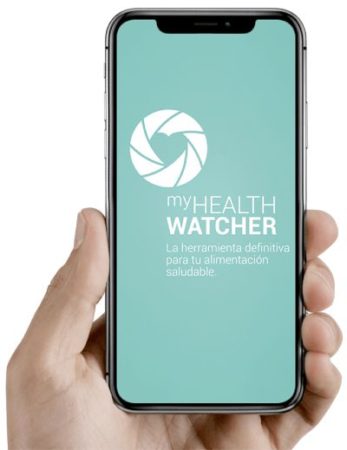
29 Aug What is the nutritional traffic light and why was it rejected in Spain?
Reading a label is no easy task. First we have to deal with small print, then tiny numbers, and finally illegible codes. Due to this difficulty, many times we overlook valuable nutritional information, such as the ingredients or the composition of the product at hand. In any case, so as to make this task a little easier for consumers, the so-called “nutritional traffic light” was developed in Great Britain. This is nothing more than labeling food with the colors green, yellow and red. This “nutritional traffic light” is a system that was created by the Food Standard Agency, and its finality is for consumers to be able to understand the nutritional value of the different foods quickly, clearly and concisely.
But, what is it exactly? What is its goal? Does it really work?
In today’s Rieusset blog we will analyze and respond to these questions about the “nutritional traffic light”, the information it supplies and why this proposal has not yet been accepted in Spain.
As we have defined above, the “nutritional traffic light” consists of assigning a color (red, yellow or green) to each nutrient: calories, sugars, fats, salt or saturated fats, as well as their caloric value and percentage in relation to the recommended daily allowance for adults. Currently the calorie limit is around 2,000 per day.
What does each color tell us?
The nutrients that appear in red tell us that there is an excessive amount of some of them, be that calories, sugars, etc. A label of this color tells us that consumption of this product should be limited to once in a while and be sporadic. An excess consumption of certain types of products that contain an excess of saturated fats could cause cardiovascular problems, obesity, diabetes or high blood pressure, among other disorders.
Products with a yellow label mean “caution”, advising us to consume them in moderation. Lastly, green represents the healthiest color. Just like a traffic light of this color, it tells us “you can go ahead”; these types of foods can be eaten without worries. They provide our organisms with adequate dietary and nutritional values, and they help us to maintain a healthy and balanced diet.
The goal of this “nutritional traffic light” is to know, at a simple glance, whether or not what we are going to buy and consume falls within correct nutritional parameters. According to the promoters of this system, the intention is not only for consumers to learn to eat better and healthier, but for the food producing companies themselves to try to make increasingly healthier foods.
But, does it really work? Why was it rejected in Spain?
Here comes the problem. If, as they say, it theoretically helps consumers to see at a glance the nutritional value of what they are about to buy at the supermarket, why was it rejected in Spain? In 2016, the Ministry of Agriculture rejected this “nutritional traffic light” because it could confuse consumers while trying to choose the healthier product.
As an example of this controversy, we will cite the case of olive oil. This food, whose health benefits have been scientifically proven, has a high fat content. Although these are healthy fats for the organism, according to the parameters of this system it would be labeled in red. The same would happen with walnuts, for instance. On the opposite side of this controversy we have the case of light soft drinks. Since they do not contain sugars or calories, they would be labeled green, when in reality their consumption should be sporadic.
According to Beatriz Robles (article in Spanish), consultant and food technologist, the issue that arises from this nutritional traffic light is that of labeling these nutrients separately and not as a whole.
Ultimately we will have to wait for governments, institutions, companies and consumers to agree on a single system of product labeling. Until that happens, other initiatives keep appearing to help us eat better. Such is the case of My Health Watcher (information in Spanish), an app that interprets products when their bar code is scanned. With this information users will know which packaged products are the healthiest with regard to their age, weight, cholesterol level or intolerances.
And what about you? Do you think that it will be possible to reach the goal of agreeing on one system in all countries?
| We Manufacture: | Meet Rieusset: |





